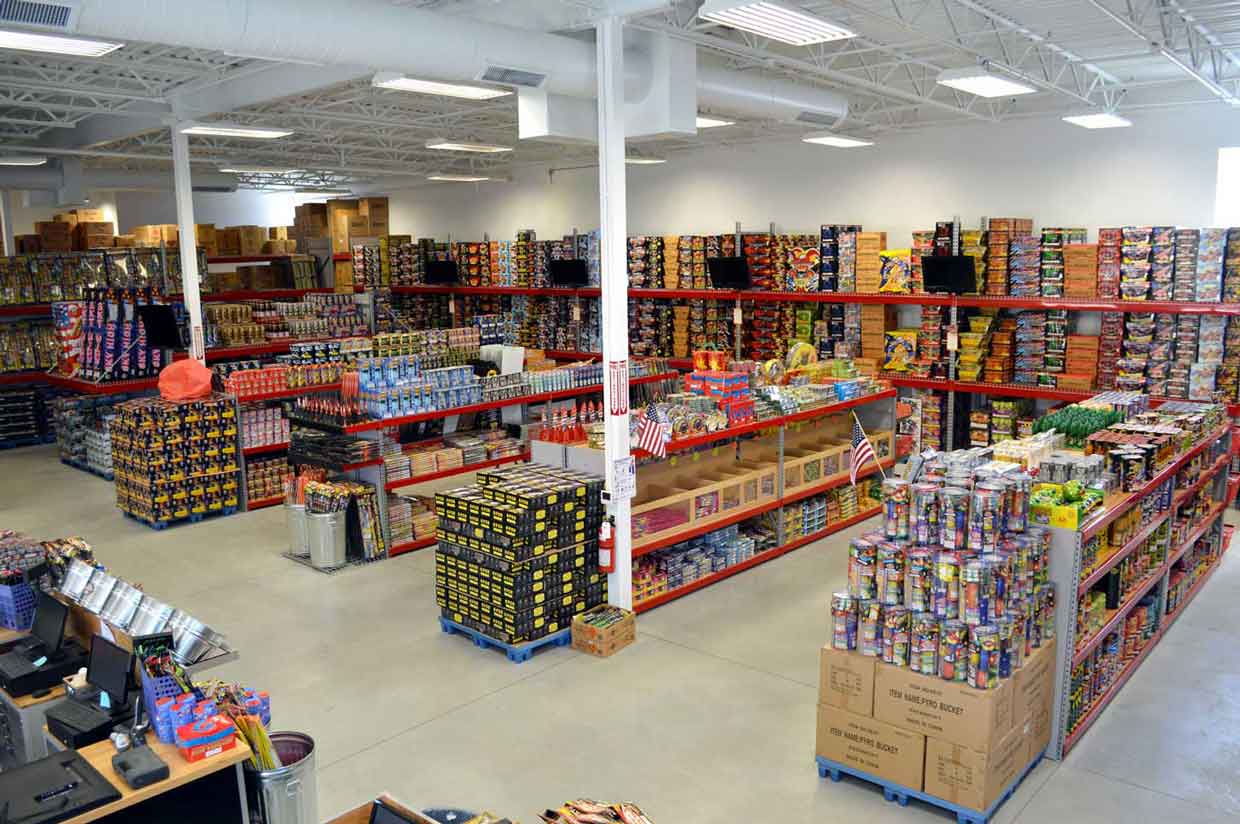
In today’s technology-driven workplaces, the integration of Safety chat platforms with Environmental, Health, and Safety (EHS) software is revolutionizing how organizations communicate, report, and respond to safety issues. With growing demands for real-time data, regulatory compliance, and employee engagement, this integration has become more than just a convenience—it’s a necessity. By bridging communication and compliance systems, businesses can create a unified environment that promotes safety awareness, rapid incident response, and better decision-making.
Understanding Safety Chat Platforms
Safety chat platforms are digital tools designed to facilitate secure, real-time communication within an organization, particularly around safety management and incident reporting. Unlike traditional messaging apps, these platforms are tailored for workplaces where quick, traceable, and compliant communication is essential. They allow employees, supervisors, and safety managers to collaborate instantly during routine operations or emergencies.
Core Features of Safety Chat Platforms
Most safety chat platforms include features like instant messaging, voice and video communication, file sharing, and integration capabilities with existing enterprise systems. Advanced tools also provide incident reporting modules, task assignment functions, and analytics dashboards that help monitor workplace safety trends.
Why Communication Matters in Safety Management
Effective communication is at the heart of every successful safety program. Miscommunication or delayed reporting can lead to accidents, compliance violations, and loss of trust among employees. Safety chat platforms ensure that vital information—such as hazard alerts, safety reminders, and emergency instructions—is shared instantly and accurately.
What Is EHS Software?
Environmental, Health, and Safety (EHS) software is a comprehensive system used to manage compliance, track safety incidents, monitor environmental impact, and ensure employee well-being. It serves as the digital backbone of modern safety management systems.
Key Functions of EHS Software
EHS software centralizes critical safety processes such as:
- Incident reporting and tracking
- Risk assessments and audits
- Compliance documentation
- Training management
- Environmental monitoring
By providing analytics and automation tools, EHS software enables organizations to move from reactive to proactive safety management.
The Power of Integration
Integrating safety chat platforms with EHS software combines the real-time communication benefits of chat tools with the structured data management of EHS systems. This seamless integration bridges the gap between frontline workers and safety administrators, leading to more efficient and transparent operations.
Streamlined Communication and Reporting
When a safety chat platform is connected to an EHS system, incident reports can be generated directly from conversations. For example, when a worker reports a hazard in the chat, the system can automatically log it as an incident in the EHS software. This automation saves time, minimizes human error, and ensures that no critical data is overlooked.
Faster Emergency Response
In emergency situations, every second counts. Integrated systems allow safety teams to send instant alerts, share evacuation routes, and coordinate response efforts directly through the chat interface. Simultaneously, EHS software logs all activities and communications for compliance and post-incident review.
Improved Data Accuracy and Compliance
Manual data entry often leads to inconsistencies. Integration eliminates redundancy by synchronizing chat communications, safety observations, and incident reports with the EHS database. This ensures accurate record-keeping, making compliance audits smoother and more reliable.
Benefits of Integrating Safety Chat Platforms with EHS Software
1. Enhanced Real-Time Collaboration
The integration enables employees and supervisors to collaborate instantly without switching between multiple tools. Safety officers can quickly assign corrective actions, follow up on tasks, and verify completion—all within the same connected system.
2. Centralized Safety Data
By linking communication records with the EHS database, all safety-related data is stored in one place. This centralization helps organizations identify trends, analyze root causes, and make informed safety decisions backed by real-time information.
3. Better Employee Engagement
Workers feel more involved when they can report hazards or share safety feedback instantly through an accessible platform. This real-time participation fosters a culture of accountability and continuous improvement.
4. Efficient Compliance Management
Integration ensures that all safety communications are documented, traceable, and accessible for audits. EHS administrators can generate reports directly from chat data, making compliance management faster and more accurate.
5. Reduced Administrative Workload
Automation of reporting, data synchronization, and notifications reduces manual paperwork. Safety professionals can focus on strategic tasks like risk prevention and training rather than data entry.
How Integration Works
Step 1: Choosing Compatible Systems
Before integration, organizations must ensure that both their safety chat platform and EHS software are compatible. Many leading solutions offer open APIs or built-in integration modules for seamless connectivity.
Step 2: Setting Integration Objectives
Define clear goals—such as faster reporting, better compliance tracking, or enhanced communication—to measure the success of the integration.
Step 3: Configuring Data Sync and Access
Data synchronization between chat and EHS systems should be configured to automatically capture key information like incident reports, hazard alerts, and corrective actions. Access controls must also be implemented to ensure data privacy and security.
Step 4: Training and Implementation
Successful integration requires training employees to use both tools efficiently. Regular workshops, user guides, and support channels can help maximize adoption.
Real-World Use Cases
Manufacturing Sector
In manufacturing plants, where hazards are frequent, safety chat platforms integrated with EHS software enable workers to report issues instantly. Supervisors can view real-time updates and assign corrective measures, significantly reducing accident response time.
Construction Industry
Construction sites benefit from integrated systems by enabling remote teams to share incident reports, safety images, and location-based alerts instantly. The EHS software logs these events automatically, ensuring continuous compliance and accountability.
Healthcare Sector
In hospitals and laboratories, safety chat integration helps teams respond to biological hazards or equipment failures immediately. Real-time alerts and automated reporting streamline compliance with health and safety regulations.
Challenges and Best Practices
Common Challenges
- Data Security: Integration must comply with data protection standards to safeguard sensitive safety information.
- System Compatibility: Not all EHS platforms support seamless integration with chat tools.
- User Adoption: Employees may resist change if the new system feels complex or redundant.
Best Practices for Smooth Integration
- Choose scalable, secure platforms with strong customer support.
- Conduct pilot testing before full deployment.
- Provide continuous training and gather feedback from users.
- Regularly update integration protocols for evolving compliance needs.
The Future of Connected Safety Systems
The future of workplace safety lies in connectivity and intelligence. As artificial intelligence and IoT (Internet of Things) technologies evolve, integrated safety chat platforms will become even more predictive. Smart analytics will detect patterns, forecast potential risks, and automate preventive actions—further aligning communication, compliance, and safety goals.
Conclusion
Integrating safety chat platforms with EHS software is a transformative step toward smarter, more connected workplaces. It empowers organizations to bridge communication gaps, enhance compliance, and strengthen their overall safety culture. By enabling real-time collaboration, accurate reporting, and centralized data management, this integration ensures that safety becomes not just a protocol but a shared responsibility across all levels of the organization. Businesses that embrace




